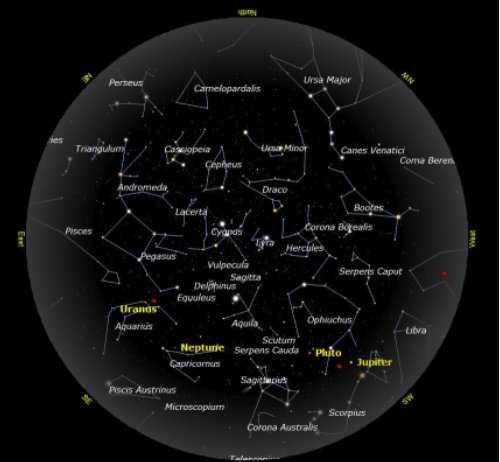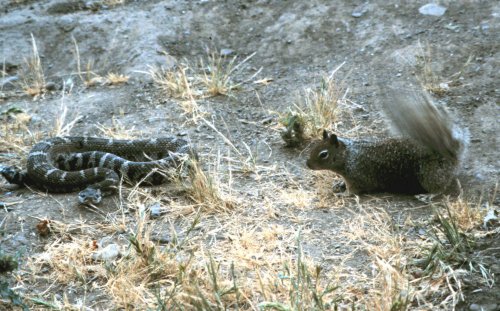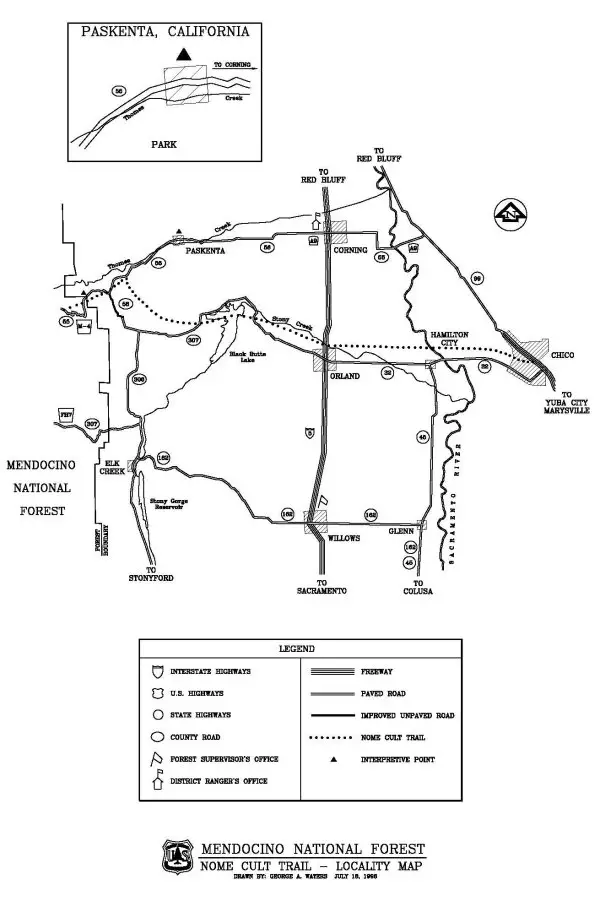LAKE COUNTY – The county faces losing a source of grant funding for addressing impacts of local casinos due to a budget cut made by Gov. Arnold Schwarzenegger, and time is running out for legislators to restore the funding. {sidebar id=4}
In 2003, California's Legislature passed Senate Bill 621 which was signed into law that October. The legislation established criteria for allocating Indian Gaming Special Distribution Funds, established in the 1999 Tribal Compacts, to local governments in order to address impacts of tribal casinos on local communities.
The State Legislature's final budget for this year included $30,283,000 in grants to local governments from California Gambling Control Commission funds.
However, Schwarzenegger cut $30 million, leaving only $283,000 for Del Norte County, which is for funds not disbursed to the county from 2003 to 2006.
In carrying out the line-item veto, Schwarzenegger cited a Bureau of State Audits report. “ ... There is great concern regarding whether these funds are being used solely for their intended purpose, which is to mitigate the impacts of having tribal casinos in their communities. I will support legislation that includes an appropriation for mitigation funds if the process is reformed.”
“Basically, what the governor did with his veto was what is referred to as a 'set aside veto,'” H.D. Palmer, deputy director of California's Department of Finance, told Lake County News.
“It's our hope and belief that we can get a bill down from the Legislature that addresses some of the concerns that were raised in the audit,” said Palmer.
Funding has helped county buy ambulances, fix roads
County Administrative Analyst Jennifer Hammond sits on the county's local commission that disburses the funds, which is chaired by Supervisor Rob Brown.
Other commission members include Supervisor Jeff Smith, Robinson Tribal Chair Tracey Avila, Big Valley Tribal Chair Anthony Jack, Chief Deputy County Administrative Officer Matt Perry and representatives from the City of Lakeport, said Hammond.
Last year the county received $856,575, its largest amount so far, she added.
“Every year we've gotten funding, it's increased,” Hammond explained.
Middletown's Twin Pine Casino is too small so it doesn't pay into the fund, she said. Robinson Rancheria and Big Valley are the two local casinos paying in. The county withholds 2 percent to pay for administration related to the funds, Hammond added.
The funds must be used for services relating to the public and offsetting the casinos' effects on an area, which Hammond said is why a large portion of the funding has gone for roads and law enforcement.
The money has been used for city and county road repairs, staffing for District Attorney's Office positions, domestic violence prevention programs through the Department of Social Services, improvements to the Middletown swimming pool and park improvements, Hammond said.
One of the most important uses for the funds has been for safety equipment for local fire protection districts, she added.
The money has supplied a new ladder truck for Lakeport Fire Protection District, and new medical and training equipment for South Lake County Fire, she added. Many of the new ambulances at fire districts around the lake have been funded by the commission.
“This has been millions of dollars for the county,” said Hammond.
Brown, who has chaired the local funding committee since it started, said the county was able to buy a grinder for doing road work last year , and this year were planning to apply for funds to purchase a paving machine and create a cultural center on the Northshore.
Right now, Hammond said, the program has simply stopped.
If the money goes away, so does the program, she said. “There's no way our general fund can support that.”
Brown said the fact that the grant money was so easy to cut off is “an example of why that money shouldn't be used for positions.”
For several years, said Brown, the state has been trying to find ways to get the money back for its own uses, rather than the counties'. “I think every year they try to do it, but they hadn't been successful 'til now.”
The money, he added, is “just going to go to the state.”
“This is a really good source of funding,” he said. “It's money that goes directly to a project without paying for a lot of bureaucracy.”
Compact requires tribes to pay into fund
The 61 tribes who signed the Tribal-State Compacts in 1999 – including Lake County's Big Valley Rancheria, Elem, Middletown and Robinson Rancheria – are required to pay into the special distribution fund as a compact requirement. However, Elem has no casino in operation and Middletown is too small to be required to pay, said Hammond.
Also covered in the 1999 compact are other North Coast tribes including Hopland Band of Pomo Indians (Sho-Ka-Wah Casino) and the Rumsey Indian Rancheria (Cache Creek Casino).
As originally established, the Legislature can use the distribution fund for grants to address support state and local government agencies impacted by tribal government gaming – which SB 621 specially focuses on – as well as gambling addiction, compensation for regulatory costs incurred by the State Gaming Agency and the state Department of Justice in connection with the implementation and administration of the compact; among other uses.
The compact states that tribes will be consulted in the process of identifying grants to local governments.
The State Controller's Office reports show that 41 casinos in 25 counties currently pay into the fund.
State Deputy Finance Director H.D. Palmer said that, despite the program being currently in limbo, tribes must continue to pay into the state fund if their compact includes that requirement.
There's been no communication between the state and Robinson Rancheria about the possible impact of the veto, said Tribal Chair Tracey Avila of Robinson Rancheria.
“We have not been notified of any change yet,” she said.
A call to Big Valley Tribal Chair Anthony Jack was not returned.
Senator plans effort to save funding
There's still a possibility that the funding to counties might be recovered, but time for that effort is growing short.
State Sen. Jim Battin (R-La Quinta) began work last past week to get a bill to recover the funding through the State Legislature by the end of this session, Mark Reeder – Battin's Capitol office director – told Lake County News.
Battin has succeeded before in preserving the funding; Reeder said Schwarzenegger had taken $20 million out of the program last year due, again, to his concerns about how the money was being spent. Still, at that time the governor left $30 million in the program.
In March 2006, Schwarzenegger signed a Battin bill requiring counties to follow extra reporting requirements and follow specific deadlines when filing reports on the grant funding to the State Gaming Control Commission and Department of Finance, said Reeder.
The counties had been confused about what was expected of them in filing those reports, said Reeder. “We just cleared that up.”
That bill also restored the $20 million Schwarzenegger originally cut.
The special distribution fund, said Reeder, currently contains $120 million.
Reeder said the audit of the grant funding did not actually say the counties weren't spending the money correctly. They are meeting the statutory requirements, but the concern is that those requirements aren't specific enough.
Battin is now working on SB 493 to restore the $30 million cut by Schwarzenegger in this budget, said Reeder.
SB 493 is going through what Reeder called a “good old-fashioned gut and amend,” changing it from its original intent, relating to county purchasing agents and independent contractors, to address the funding cuts. Reeder said Battin received the go-ahed from the bill's original author, Sen. David Cogdill (R-Modesto).
The reworked SB 493, said Reeder, includes adopting the auditor's recommendations to clarify how the funds may be spent.
However, time is running out. According to Reeder, Battin now has less than 24 hours to get the bill amendments added and to put it to a vote on the Assembly floor before the legislative session ends. Assembly leaders have indicated they want to adjourn by Tuesday night.
“We'll have to wait until January if we don't,” said Reeder. “We'd prefer not to wait until January.”
And Reeder said Monday Battin had run into a wall with Assembly Democrats, led by Assemblyman Alberto Torrico (D-Newark), who chairs the Committee on Governmental Organization.
Reeder reported that Torrico indicated that he wants to wait until next year to review the entire formula of how funds are distributed, and that Assembly Democrats won't let a vote take place to move the bill forward.
Nor is Battin's effort getting any support out of Schwarzenegger's office, said Reeder.
“We've been trying to get traction and we're running out of time,” said Reeder.
He added, “I'm concerned about any mitigation funds getting out at all this fiscal year.”
E-mail Elizabeth Larson at This email address is being protected from spambots. You need JavaScript enabled to view it..
{mos_sb_discuss:3}

 How to resolve AdBlock issue?
How to resolve AdBlock issue? 















